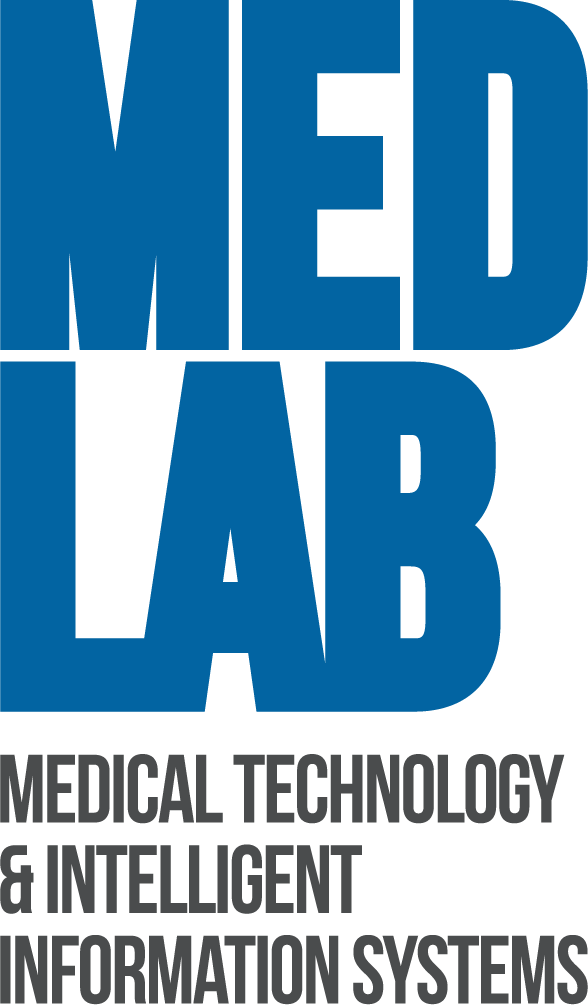IEEE Journal of Biomedical and Health Informatics (J-BHI) publishes original papers describing recent advances in the field of biomedical and health informatics where information and communication technologies intersect with health, healthcare, life sciences and biomedicine. Papers must contain original content in theoretical analysis, methods, technical development, and/or novel clinical applications of information systems.
Retitled from the IEEE Transactions on Information Technology in Biomedicine (T-ITB) in 2013, the J-BHI is one of the leading journals in computer science and information systems with a strong interdisciplinary focus and biomedical and health application emphasis. Papers published by J-BHI are typically organised under section headings of Bioinformatics, Imaging Informatics, Sensor Informatics, Medical Informatics, and Public Health Informatics. These are complemented by managed special issues/sections covering topics that are of strategic importance to the journal, coordinated by guest editors who are leading experts in these fields. We particularly encourage large cohort studies with clearly demonstrated clinical translational values supplemented by online data sets or algorithms that can be shared by the research community.
Specific topics covered by J-BHI include but are not limited to:
- Sensor Informatics
– body sensor networks; wearable, ingestible and implantable systems; biosensor design, miniaturisation and embodiment; antennas, RF and intra-body communication; wireless communication standards, security and privacy, and QoS; smart point-of-care and wireless physiological monitoring devices (e.g. ECG, EMG, EEG and PPG); ASIC and embedded system design, on-node processing, smart devices and app development; autonomic sensing, distributed inference, context aware sensing and multi-sensor fusion; data compression; wearable and assistive devices for rehabilitation, well-being and ageing population;
- Bioinformatics
– biological information systems and large scale ‘-omics’ databases, modelling, pattern matching and algorithms; systems biology, computational biology, and organ/system/disease-level informatics (e.g. physiome, neuro-informatics, cancer-informatics, and cardiovascular-informatics platforms);
- Imaging Informatics
– image-enabled electronic medical records (EMR), PACS, hospital information systems (HIS), and radiology information systems (RIS) integration; computer aided diagnosis, database aggregation and distribution; image biomarkers and high-throughput systems; metadata, ontology and content-based image retrieval and decision support; multi-scale image fusion, visualisation, high-content screening and image data mining;
- Medical Informatics
– electronic health record, interoperability, connectivity, semantics, syntax, vocabulary, terminology, ontologies, standards, clinical guidelines/pathways, protocols; privacy, security, trust, PKI, smart card technology; regional and community health information networks, hospital information systems and clinical information systems, including PACS and disease management systems; collaborative technologies in health care delivery, including telemedicine; intelligent interpretation of health data, decision support systems, computer assisted, remote guidance and virtual reality applications in diagnostic and therapeutic procedures.
- Public Health Informatics
– pervasive healthcare, wellness management utilising, e.g., ubiquitous computing, smart environments, embedded and wearable sensors; influenza monitoring and prediction; life-style chronic disease management and behaviour modification; personalized and pervasive health technologies (telemedicine, u-, p-, m- and e-Health) for public health.

